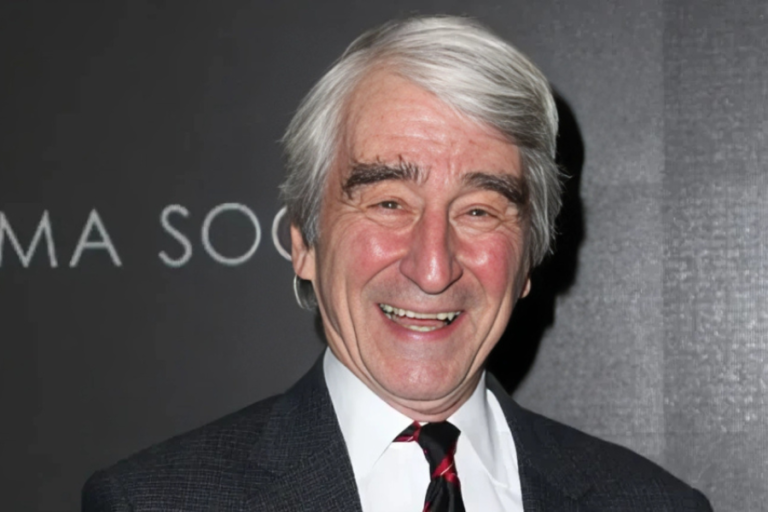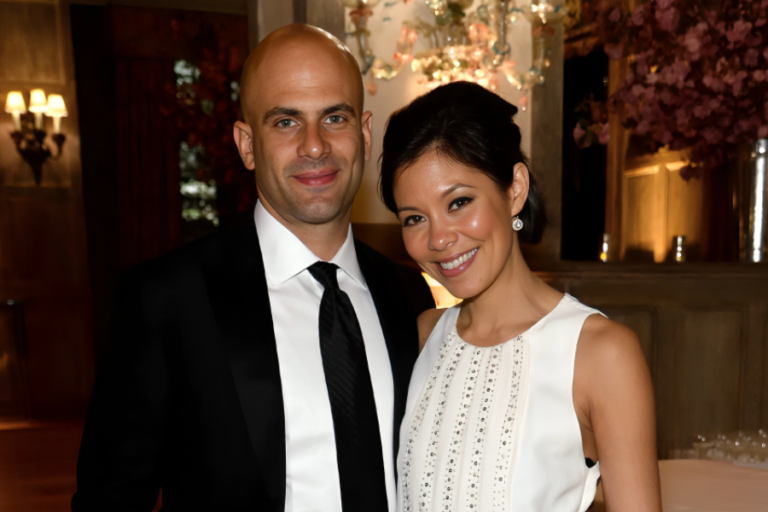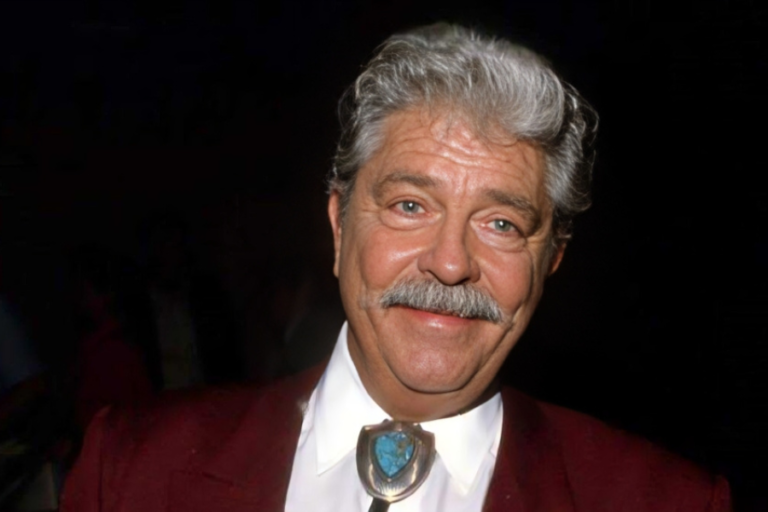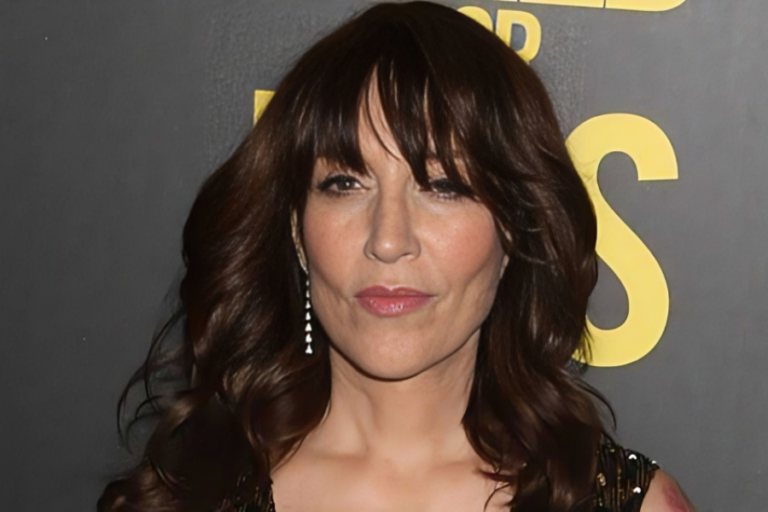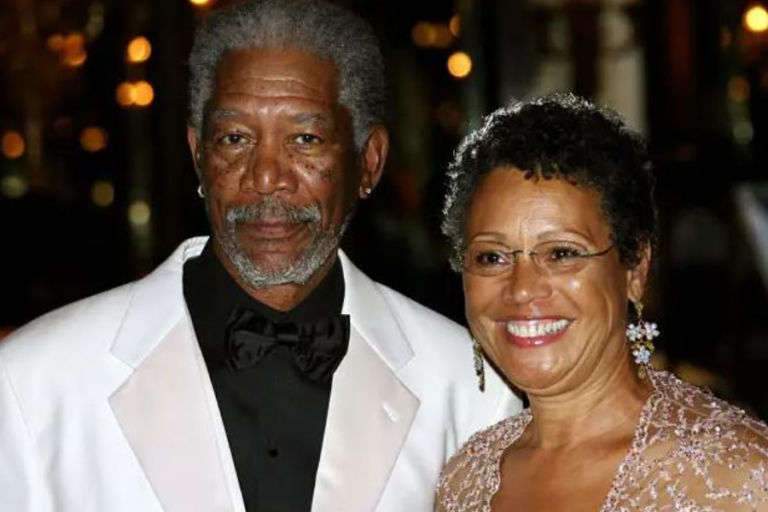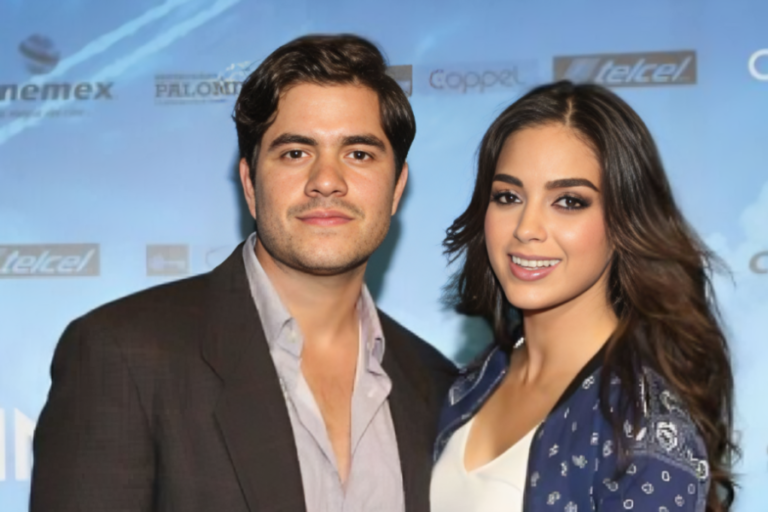Exploring Noonan Syndrome: From Celebrities to Everyday Heroes
Noonan Disorder, an uncommon hereditary condition that effects around 1 in each 1,000 to 2,500 individuals worldwide, carries with it a scope of difficulties and remarkable qualities that vary enormously among those it contacts. From notable figures to customary people who show amazing strength, the encounters of those living with Noonan Disorder delineate both versatility and the different ways this condition shapes their lives.
Celebrities with Noonan Syndrome
Ben Stiller: Embracing Challenges in Hollywood
Ben Stiller, a praised entertainer and comic, found he had Noonan Disorder when he was 14 years of age. Notwithstanding going through various heart medical procedures and managing learning hardships, Stiller has thrived in Hollywood, succeeding as an entertainer, essayist, and chief. His genuineness about his condition has been a wellspring of motivation for some, showing the way that with steadiness, people can overcome significant wellbeing obstructions and arrive at incredible levels of accomplishment.
Michaela DePrince: Ballet’s Triumph Over Adversity
Michaela DePrince, an eminent ballet performer took on from Sierra Leone, likewise explores existence with Noonan Condition. In spite of confronting separation and conquering difficulties connected with both her race and handicap, DePrince has ascended to turn into a soloist with the Dutch Public Expressive dance. Her process features her extraordinary ability as well as her steady assurance to seek after her fantasies regardless of the obstacles presented by Noonan Disorder.
Tim Burton: Creativity and Noonan Syndrome
Tim Burton, the acclaimed chief, has shared his life as a youngster encounters of living with Noonan Disorder, relating difficulties like hardships in friendly circumstances and being an objective of harassing. Finding comfort in craftsmanship, Burton diverted his imagination into making notorious movies, for example, “Edward Scissorhands” and “The Bad dream Before Christmas.” His process shows how creative articulation can act as a powerful method for self-articulation and strengthening for people confronting Noonan Condition.
J.R. Martinez: From Soldier to Inspirational Figure
J.R. Martinez, known for his acting profession and administration in the U.S. Armed force, was determined to have Noonan Condition during his initial years. In spite of getting through a few heart medical procedures and confronting harassing, Martinez involved these difficulties as fuel to make progress as both an entertainer and powerful orator. His account of versatility and obligation to promotion fills in as a wellspring of motivation, empowering others to embrace their uniqueness and seek after their yearnings sincerely.
Frankie Muniz: Acting and Racing Against the Odds
Frankie Muniz, renowned for his parts in “Malcolm in the Center” and his undertakings as a race vehicle driver, was brought into the world with Noonan Disorder. Regardless of experiencing wellbeing obstructions like smaller than normal strokes and cognitive decline, Muniz has continued chasing after his interests with faithful assurance. His process fills in as a strong model that living with Noonan Condition doesn’t block one from chasing after and accomplishing their fantasies.
Everyday Heroes and Their Inspirational Journeys
Yorke Parkin: Skiing to Success
Yorke Parkin, an enthusiastic youthful skier from Revelstoke, encapsulates exceptional steadiness in his quest for skiing notwithstanding living with Noonan Disorder. His obligation to the game and dynamic support in Unique Olympics occasions exhibit his assurance to succeed, testing regular assumptions frequently connected with his condition.
Lila Santilli: A Young Spirit’s Resilience
Lila Santilli, an exuberant youngster who lives with Noonan Disorder, has contacted numerous with her motivating process depicted in “Lila Lu and the Things I Love to Do.” Her story not just points out the deterrents that kids with Noonan Condition experience yet in addition commends their strong spirits and highlights the significance of steady conditions in their development and improvement.
Drew Thortenson: Navigating Early Challenges
Drew Thortenson’s story, directed by his committed mother Katie, features the basic job of early finding and exhaustive consideration for youngsters impacted by Noonan Disorder. Attracted’s assurance confronting medical procedures and therapies, for example, development chemical treatment, offers support and motivation to different families exploring comparative ways. His process highlights the meaning of steady medical care and enduring family support in beating the difficulties presented by Noonan Condition.
Lizzie Armour: Running with Courage
Lizzie Defensive layer, an enthusiastic long distance runner, has embraced existence with Noonan Disorder since youth. Energized by her family’s immovable energy and progressing clinical help, Lizzie’s process embodies her steadfast assurance to keep a functioning way of life notwithstanding the obstacles presented by her condition. Her story is a demonstration of versatility and the force of strong connections in beating difficulties related with Noonan Disorder.
Jakob-Anthony Handley: Community Support in Facing Challenges
Thirteen-year-old Jakob-Anthony Handley has gotten overpowering help from his South Surrey people group as he gets ready for urgent medical procedures associated with Noonan Disorder. His experience features the strength that comes from local area fortitude and reveals insight into the continuous battles that people living with this condition frequently face.
Josiah Ives: A Dream Realized
Five-year-old Josiah Ives had a mystical involvement with the 500 Celebration March, where his fantasy worked out. Encircled by help from his local area, Josiah met his dashing icon, making an extraordinary second. His story highlights the significant impact of local area support in giving pleasure and advancement to the existences of youngsters impacted by Noonan Condition.
Understanding Noonan Syndrome: Genetic Basis and Treatment
Noonan Disorder comes from hereditary changes affecting a few qualities, with researchers recognizing no less than eight included up to this point. While certain cases are acquired, others result from new transformations. This condition gives extraordinary facial qualities, heart issues, and formative obstacles that reach in power. Identifying it early and giving exhaustive clinical consideration, including medical procedures and treatments, assume critical parts in overseeing Noonan Disorder and upgrading personal satisfaction.
Facts:
Ben Stiller: Diagnosed at 14, Ben Stiller has successfully navigated Hollywood despite multiple heart surgeries and learning challenges, proving resilience and achieving fame as an actor, writer, and director.
Michaela DePrince: Overcoming adversity due to Noonan Syndrome and racial discrimination, Michaela DePrince became a celebrated ballet soloist, showcasing her talent and determination.
Tim Burton: Using art to cope with social challenges and bullying related to Noonan Syndrome, Tim Burton channeled his creativity into directing iconic films like “Edward Scissorhands” and “The Nightmare Before Christmas.”
J.R. Martinez: Despite facing early heart surgeries and bullying, J.R. Martinez found success as both an actor and motivational speaker, inspiring others with his resilience and advocacy.
Frankie Muniz: Known for his roles in “Malcolm in the Middle” and his passion for race car driving, Frankie Muniz has pursued his dreams with determination, despite health setbacks like mini-strokes.
Summary:
Noonan Syndrome, affecting 1 in 1,000 to 2,500 individuals globally, is a genetic disorder characterized by distinct facial features, heart problems, and developmental challenges. Celebrities like Ben Stiller, Michaela DePrince, Tim Burton, J.R. Martinez, and Frankie Muniz have shown remarkable resilience and success in their careers despite the obstacles posed by Noonan Syndrome. Their stories highlight the importance of perseverance, supportive communities, and early medical intervention in managing the condition and achieving personal and professional goals.
FAQs:
What causes Noonan Syndrome?
Noonan Syndrome is caused by genetic mutations affecting multiple genes, typically inherited from parents, but sometimes occurring as spontaneous mutations.
What are the common characteristics of Noonan Syndrome?
Common features include distinctive facial characteristics (such as wide-set eyes, low-set ears), heart defects, short stature, and developmental delays.
How is Noonan Syndrome diagnosed?
Diagnosis involves clinical evaluation of physical features, genetic testing to identify mutations in relevant genes (such as PTPN11, SOS1, RAF1), and imaging tests to assess heart conditions.
What treatments are available for Noonan Syndrome?
Treatment focuses on managing symptoms and may include surgical interventions for heart defects, growth hormone therapy for short stature, and therapies to address developmental delays.
Can individuals with Noonan Syndrome live normal lives?
Yes, with appropriate medical care and support, individuals with Noonan Syndrome can lead fulfilling lives, pursue careers, and achieve personal milestones, as demonstrated by several celebrities and everyday heroes.

